Kilian Jornet on fueling with olive oil, riding gravel and finding freedom in wild spaces during his epic 5,000km quest
31 days, 5154 kilometers, 490 hours of moving time: a recap of Jornet’s epic States of Elevation project
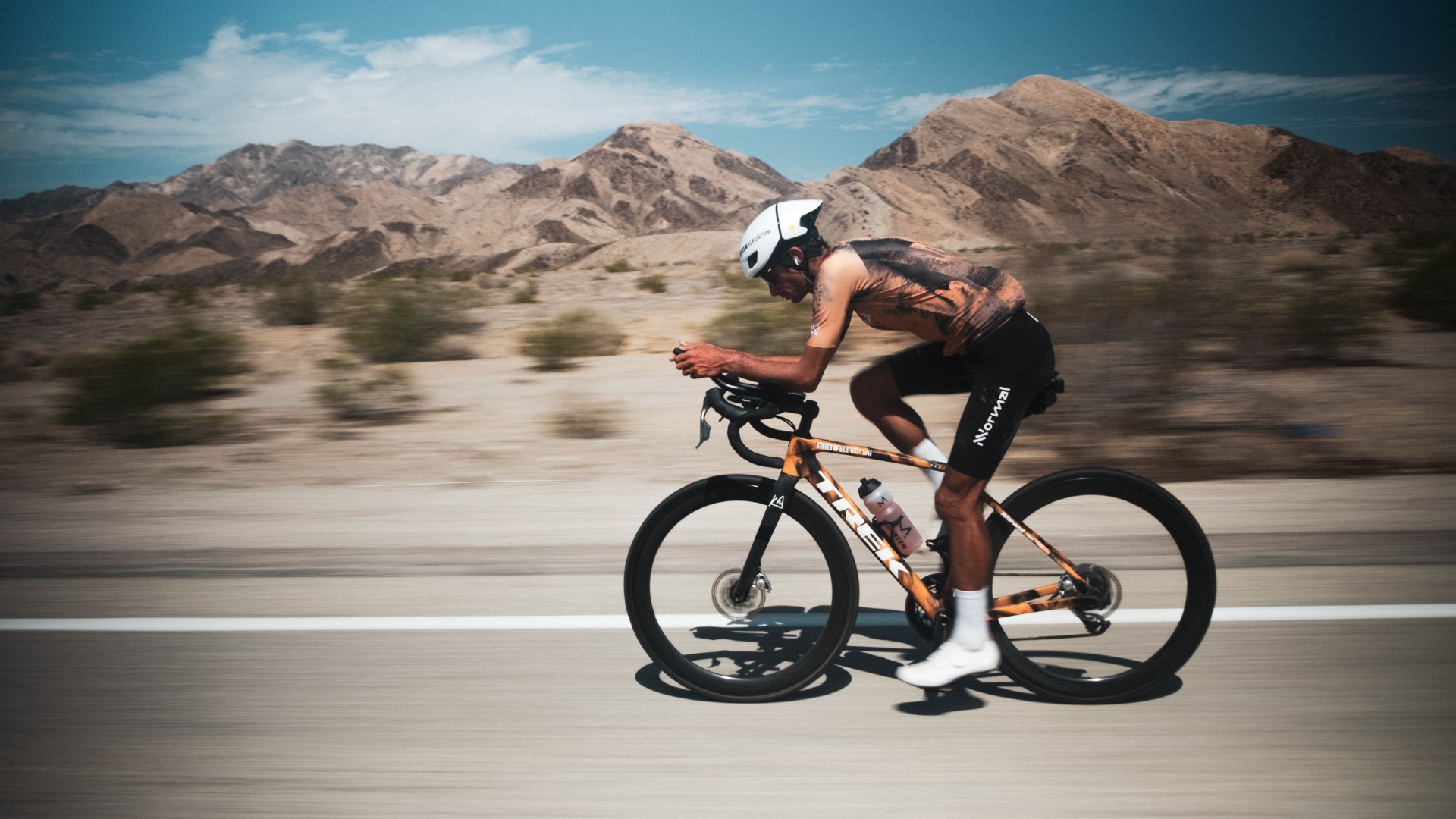
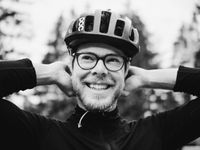
As previously reported, Spanish ultra-athlete extraordinaire Kilian Jornet’s latest project, titled States of Elevation, combined summiting the majority of the American West’s 14,000-foot (4,267m) peaks and connecting them all by bike.
Jornet started his journey in Colorado, where the bulk of the peaks are located, then tackled the very long bike transfers to the mountains of California before riding north to Mount Rainier in Washington State, where he concluded his expedition.
Jornet completed his journey in 31 days, racking up a total distance of 5154 kilometers over roughly 490 hours of moving time, and averaging roughly 6 hours of sleep per night. The cycling portion alone comprised around 4200 kilometres at an average speed of 22.5 kph on both road and gravel.
Prior to his departure, we asked Jornet about his expectations and what made this project different from his previous adventures. After Jornet completed his States of Elevation project with a successful summit of Mount Rainier, Cycling Weekly caught up with him to talk about the experience.
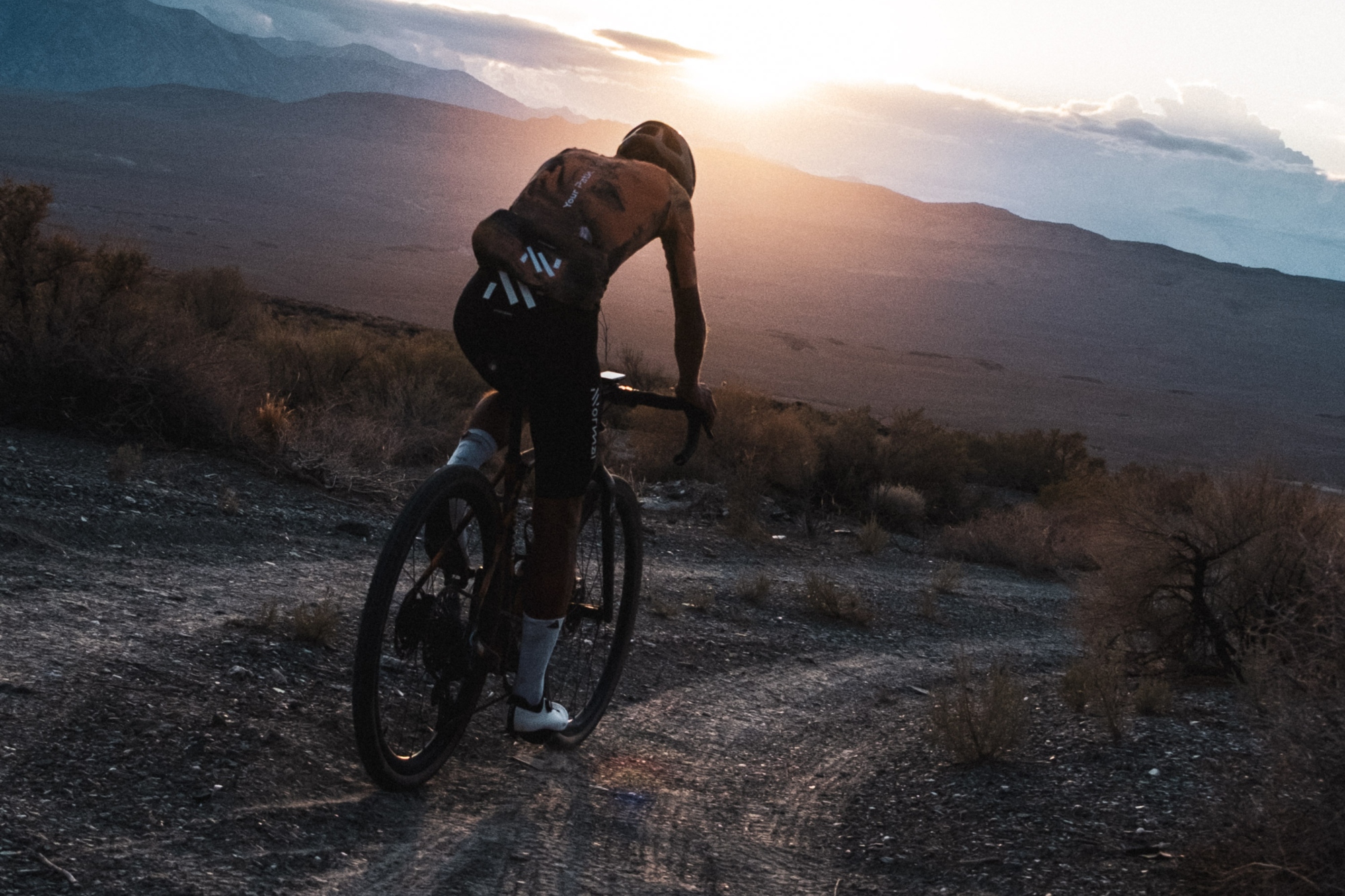
CW: Before the project I asked what makes this route different from your previous projects, and you responded: “Each project has its own soul. The U.S. challenge will bring the wilderness, different terrain, higher altitudes, and longer distances between ranges.” How do you feel now, having completed the route?
KJ: I really think the diversity of landscapes was great. The high plateaus in Colorado, all the desert; more alpine terrain in California, all the forest and volcanoes. The diversity of landscapes and the extension of the wild areas. They are pristine. That was something that I kind of expected, but it was more than I expected. The distances are big, especially biking from Colorado to California. It was cool because you feel the scale of the country, you feel the scale of those places, of the desert. It's not just a small desert; it's three days you’re biking, so you get a sense of all that space.
CW: Were there any challenges you didn’t anticipate?
The latest race content, interviews, features, reviews and expert buying guides, direct to your inbox!
KJ: Mostly the weather. Normally, I had been looking at the average past 10 years in Colorado and California, and often it's very dry in September. But it was very wet in Colorado, I think we had 10 out of 16 days with rain storms. And in California too, I had snowstorms and a lot of rain on the bike ride, so probably that was the thing that was unexpected.
CW: Were there any specific parts, while you were on the bike, that stood out to you? How much time were you on the road bike versus gravel bike?
KJ: I would say I did half of [the route] on gravel, so it was a lot of gravel. Some parts were very cool; I did a part of the Colorado Trail that was fun. I did some dirt roads going between Durango and Flagstaff. Some very beautiful canyons. It was beautiful with all the towers and canyons. Around Mt Shasta [there were also] very beautiful gravel roads.
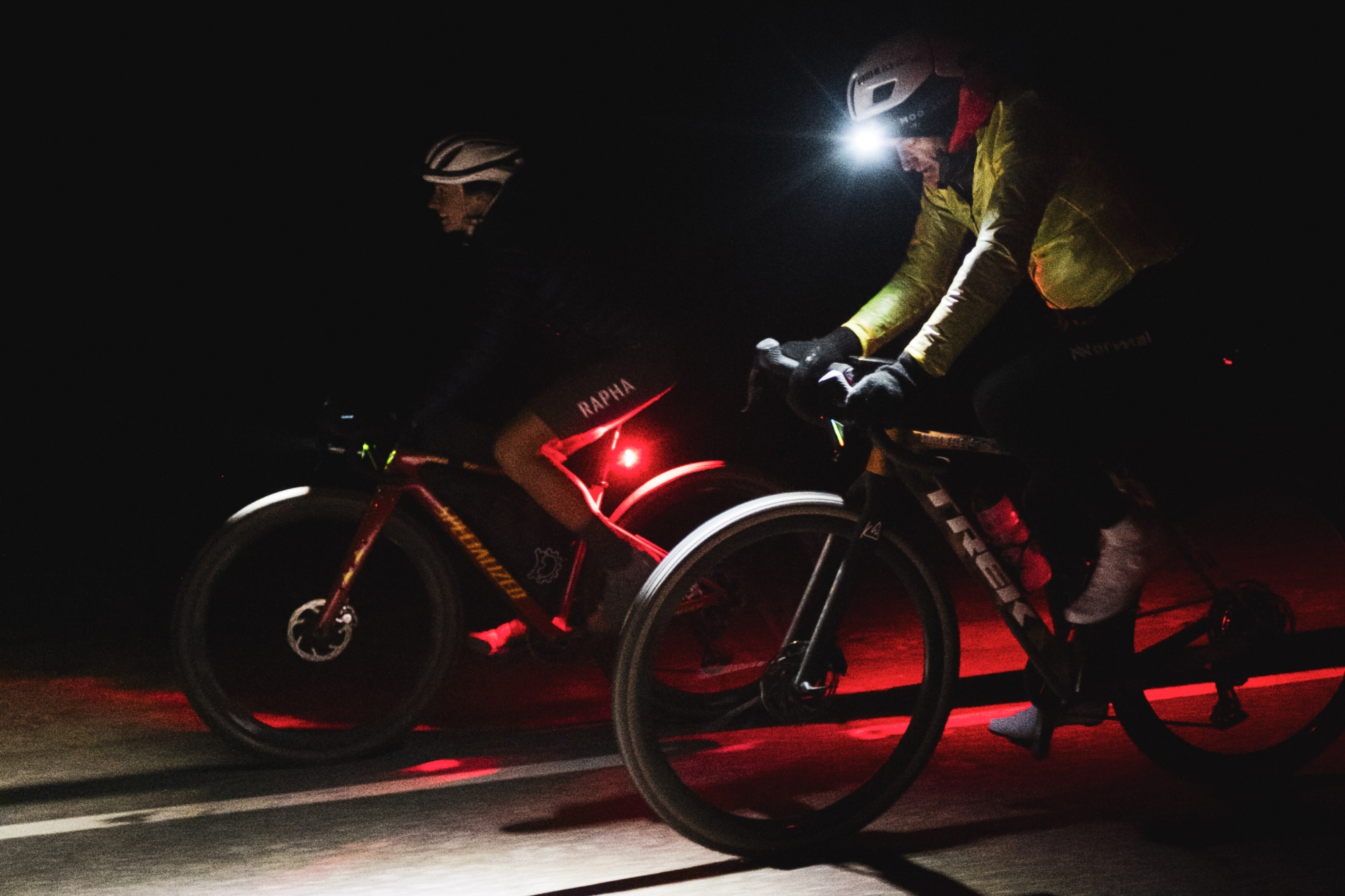
Jornet was joined by Lael Wilcox along the way
CW: You had the opportunity to ride and run with other athletes along the way, like Lael Wilcox, Ryan Hall, etc. How did that go?
KJ: We calculated that I did 50% of the route alone and 50% with people, and it was great. Mostly because I was riding with or running with [people] from those areas, so you get a sense of a more deep connection with the landscapes. I love my home mountains and if [a friend] comes to do some project with me I will show this love that I have for these mountains, so they showed that to me. And it was great, because you get more deeply connected to the places I was passing.
CW: I’m sure it was also nice to have some time on your own to reflect.
KJ: Yes, exactly, both things. I did days with 14 hours on the bike alone and it was also great. Both things were very cool.
CW: I’m curious about your fueling: How did you balance eating real food vs sports nutrition?
KJ: During a race, for example, I would eat a gel every 20 minutes or 30 minutes. Here, it was very rare I would eat a gel; it was maybe 5 gels in a day. It was just on the very long days, or on some uphills [when] I needed to push. Mostly I was trying to [eat] real food and then use the gels in very specific moments.
CW: What’s the deal with the olive oil? [Photos of Jornet filling his bottles with olive oil were much discussed by fans online]
KJ: A picture is always taken out of context. Olive oil and coconut oil have more calorie density. I’m spending 9,000 calories per day. I need to replace all of those. I put a bit of olive oil or coconut oil in the water as a way to get more.
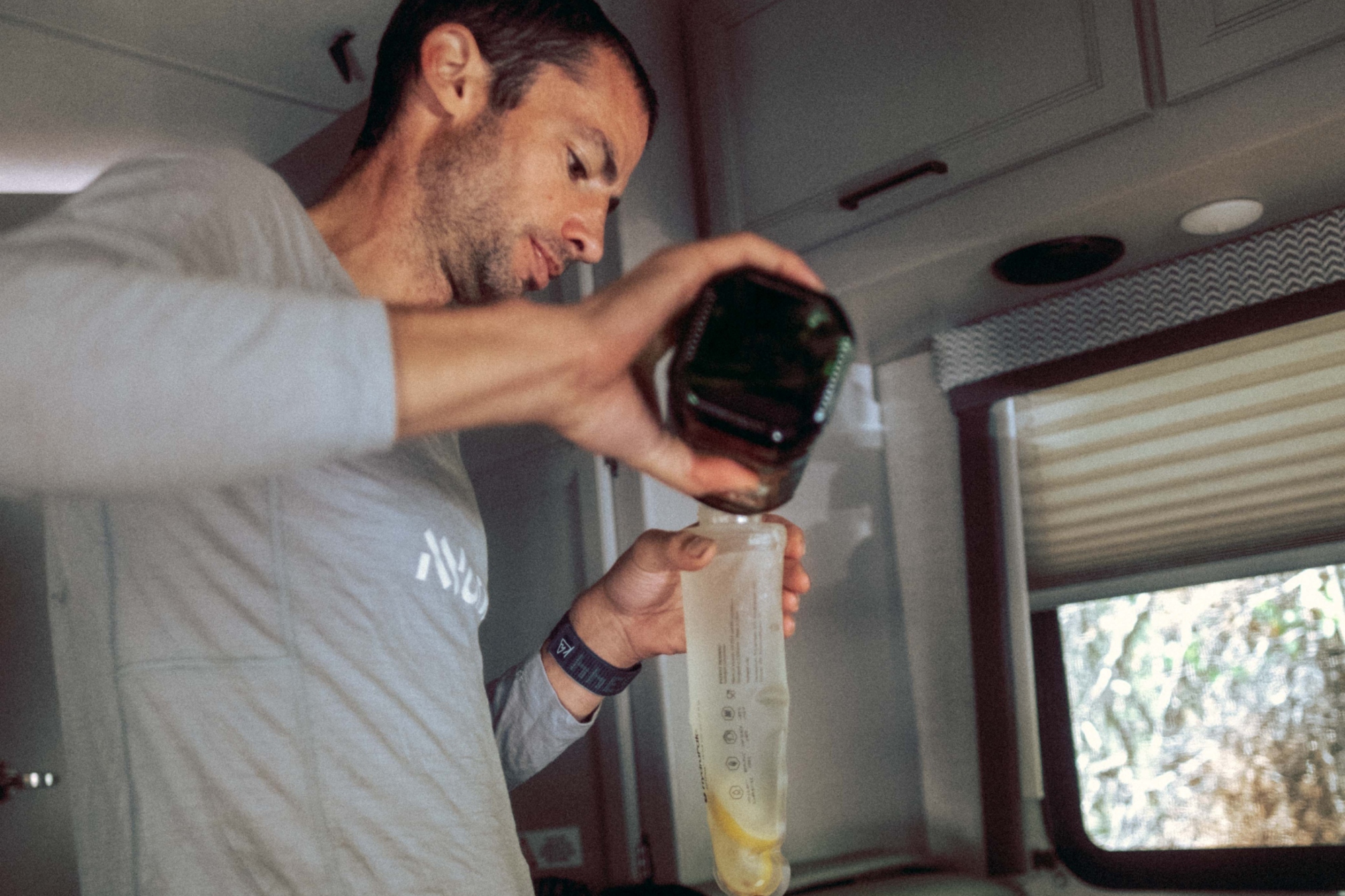
"Olive oil and coconut oil have more calorie density. I’m spending 9,000 calories per day. I need to replace all of those. I put a bit of olive oil or coconut oil in the water as a way to get more."
CW: I’d imagine you wouldn’t feel great if you’d only eaten gels…
KJ: For 3, 4, 5 days, it’s good, but [for something like this] it's better to keep low inflammation and eat not very often, but every 4 hours. To leave the stomach [to recover].
CW: You decided not to climb Culebra Peak in Colorado. Do you have thoughts about privately held mountains?
KJ: [Laughing] I didn’t want to get shot on Culebra [the mountain is open to hunters at this time of year -ed]. No, but more seriously, that’s very different coming from Europe and especially Scandinavia where we have the Right to Roam. Here, one big surprise at the beginning of the project was the amount of private property and No Trespassing panels that I saw everywhere. It’s a lot. The wild areas that are public are big, but there’s much more legislation around access to wilderness here in the US than in Europe. And somehow I guess it’s not granted, with everything that’s going on with the Roadless Act and all that.
Many of these areas that are wild, they are public, but they might [become] private. And I think it's a pity because it’s pretty unique to have this big extension of terrain that is pristine, where the ecosystems become fully developed. You can see that in the wildlife, you can see that with the extension of the forest, and that’s something that is a gift. To be able to access these places, it's great for us humans to be able to develop this connection with nature, and to feel that. So I think it’s important. The first days [felt] a bit like, “can I pass here or not?” Having these big areas that are private depends on what the owner wants to do, but normally it’s exploitation.
CW: You’ve probably seen more of the American West than most Americans.
KJ: I love the diversity. It was something amazing. It's just great. That you have the land to have all these wild spaces. That’s something that we should work to keep them public.
CW: Your final total was something like 4200 kilometers on the bike, or 1000 kms more than the men’s Tour de France.
KJ: Yeah, it was long. [laughs]
CW: What’s next for you?
KJ: I don’t know. Next is to go home and spend time with my kids.
CW: How are you feeling about riding bikes right now?
KJ: I really liked [the cycling]. I hadn’t done any real gravel before and it was very fun to do it. The bike rides were the longest bike rides I've ever done. I enjoyed it. I think I will use the bike more for doing long trips in the future.
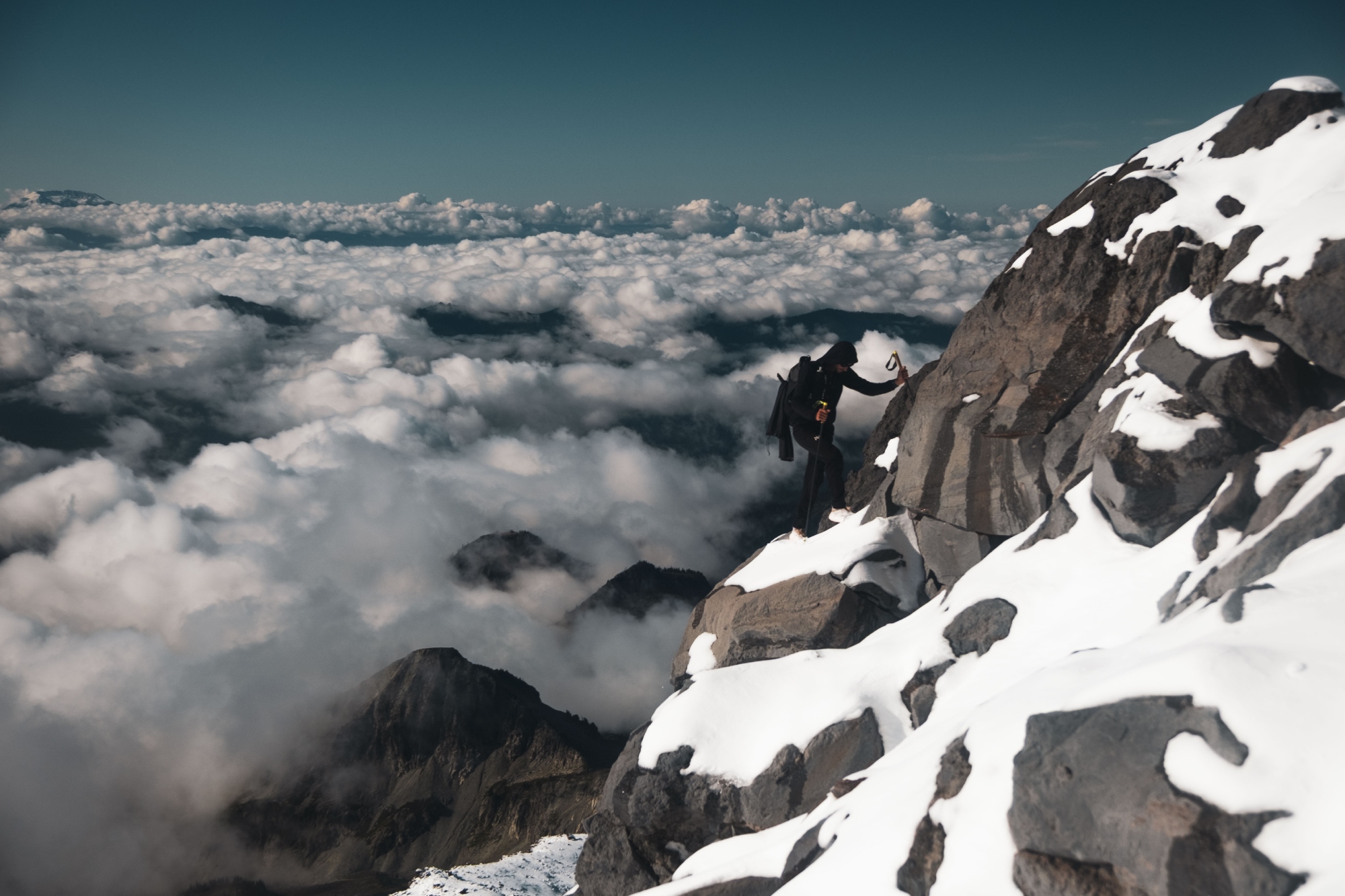
Jornet climbed all 14,000-foot (4,267-meter) peaks in the contiguous 48 states, and connected them by some 4200 kilometres of cycling
Following our conversation, Jornet got up on stage to speak to a packed house at the Seven Hills Running shop in Seattle, Washington, answering questions from the audience and moderator Fitz Cahall, founder of The Dirtbag Diaries podcast.
Among other things, Cahall asked Jornet for his thoughts on American gas station cuisine: “I experienced it; I wouldn’t say I appreciated it,” and also how parenting has changed his approach to adventures: “Having a baby is good training for sleep deprivation in the mountains.”
Now that his children are a little bit older, Jornet plans his travel around the school calendar to maximize time at home with his family. What was most apparent throughout the event was Jornet’s deep and abiding love of being outdoors in the mountains.
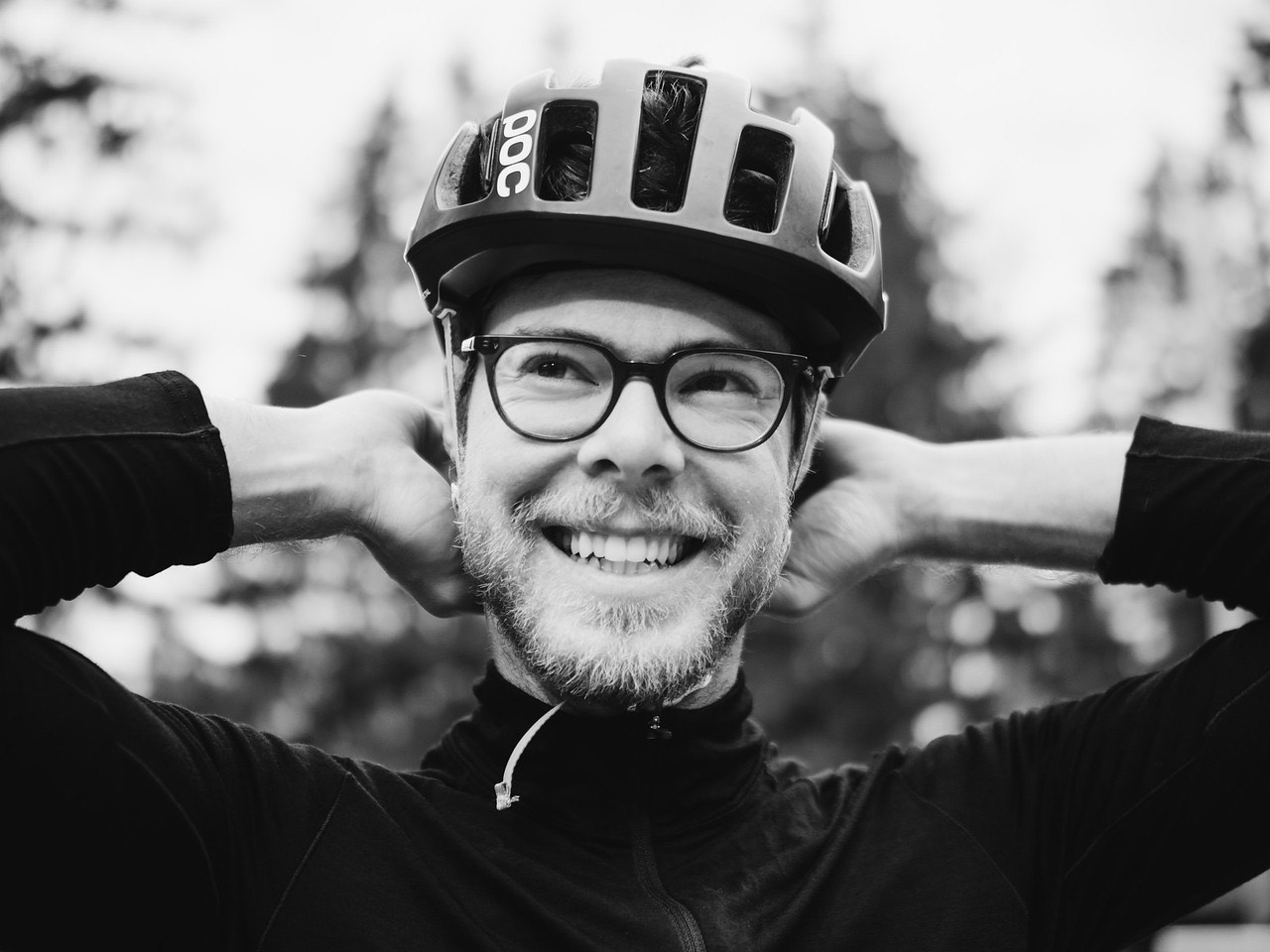
Tyler Boucher is a former (and occasionally still) bike racer across several disciplines. These days, he spends most of his time in the saddle piloting his children around in a cargo bike. His writing has appeared in magazines published in Europe, the UK and North America. He lives in Seattle, Washington.
You must confirm your public display name before commenting
Please logout and then login again, you will then be prompted to enter your display name.